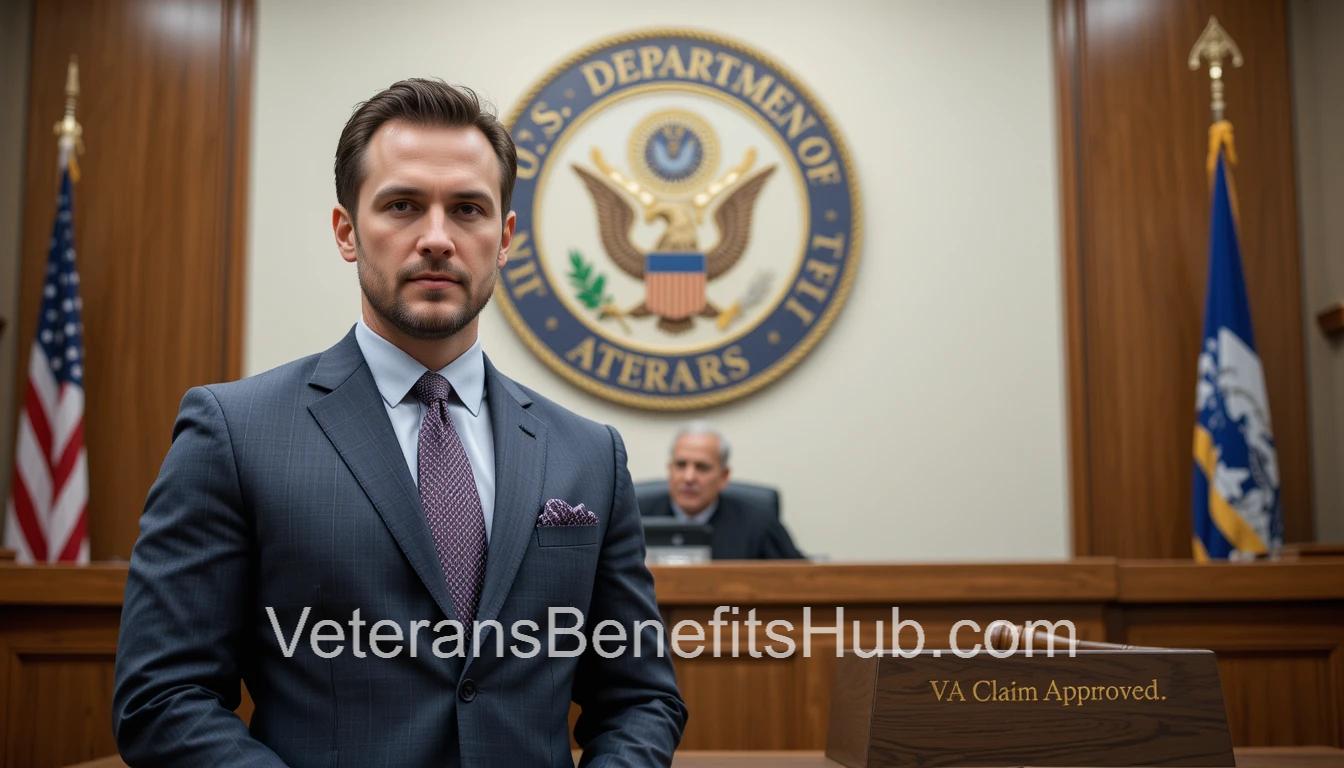Understanding Favorable Findings in VA Disability Claims: Everything You Need to Know

Understanding Favorable Findings in VA Disability Claims
For veterans navigating the VA disability process, one essential term to become familiar with is favorable findings. These findings can play a significant role in shaping the outcome of a claim and informing future steps. This article breaks down what favorable findings are, why they matter, and how they can be used strategically in VA claims and appeals.
What Are Favorable Findings?
Favorable findings are specific acknowledgments made by the Department of Veterans Affairs (VA) during the disability claim decision process. These findings are required by law to be included in the VA rating decision letter. They serve as confirmations of key aspects of a veteran’s claim that the VA agrees with and accepts as fact.
Examples of favorable findings may include:
- A confirmed diagnosis of a claimed condition (e.g., back pain, knee injury)
- Verification of an in-service event, injury, or exposure
- Medical opinions linking a condition to military service
- Lay statements that are accepted as credible
- Documented continuity of symptoms over time
These pieces are essentially building blocks of a claim that the VA has officially recognized, making them critical to understand and track.
Why Favorable Findings Matter
Even if a claim is denied, favorable findings remain part of the record. This is important because these findings can be referenced and leveraged in a future appeal or supplemental claim. Unless there is a clear and unmistakable error, the VA generally will not reverse favorable findings that have already been acknowledged.
For instance, if a veteran is denied for a back condition but the VA recognizes an in-service injury, the issue might be the absence of a medical nexus—evidence linking the current condition to that in-service event. This clarity allows claimants and their representatives to focus future efforts more strategically.
How to Use Favorable Findings
Favorable findings can guide both the appeal process and new evidence collection. By carefully reviewing the rating decision letter, veterans and their accredited representatives can identify what the VA has already accepted as fact, which in turn highlights what might still be needed to substantiate the claim fully.
Key points to remember include:
- Favorable findings are binding unless clearly erroneous
- They are critical when developing an appeal or supplemental claim
- Review the rating decision letter carefully for details on what was acknowledged and what evidence was reviewed
The decision letter often includes a section listing reviewed evidence. If a submitted medical opinion (e.g., from a treating orthopedic surgeon) is missing, it may indicate that the document was misfiled or not received. Accredited legal professionals with access to the VA systems can assist in identifying and resolving these discrepancies.
Accessing Your Rating Decision Letters
VA rating decision letters are now accessible via the VA.gov portal. Veterans can log in and download these documents without needing to call or wait for a mailed copy. These letters are vital resources that provide a detailed breakdown of what was claimed, what was decided, and why.
Note: The rating decision letter is distinct from the cover sheet, which typically only indicates that a decision was made. The full letter includes analysis of the evidence and any favorable findings. Compensation and Pension (C&P) exams may be summarized, but full copies of those exams must be requested separately.
Working with a Professional
Veterans are encouraged to seek assistance from accredited professionals such as Veterans Service Officers (VSOs), accredited claims agents, or attorneys. These professionals do not need to be located in the same state as the veteran, as much of the process is now virtual. A directory of accredited representatives can be found on VA.gov.
Conclusion
Favorable findings are powerful tools within the VA disability claims process. Understanding and utilizing them can make a significant difference in the success of appeals and supplemental claims. Veterans are encouraged not to give up, to read their decision letters thoroughly, and to use every available resource, including professional representation, to pursue the benefits they may be entitled to.
Disclaimer: This article has been provided by one of our contributors and reflects their personal experiences and professional opinions. It is intended for informational purposes only and does not constitute legal advice. Please consult with an accredited representative for individualized support.